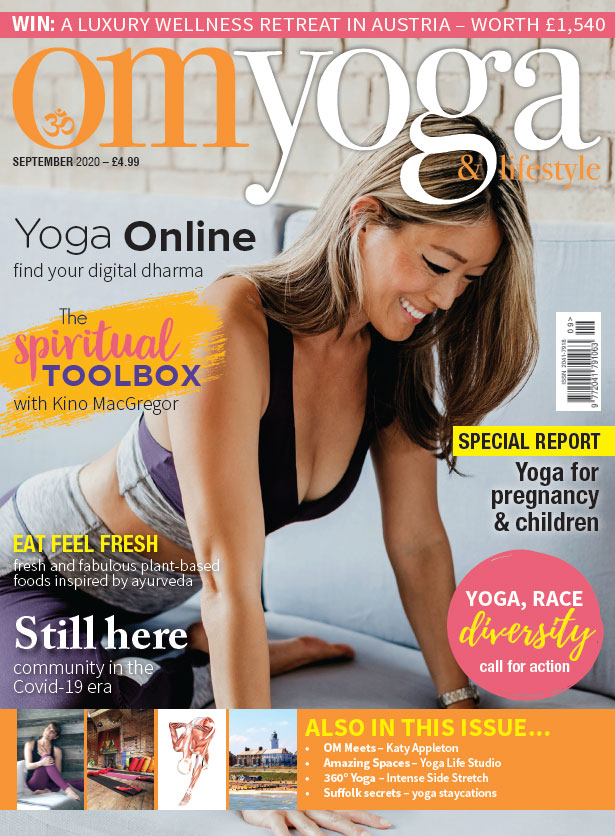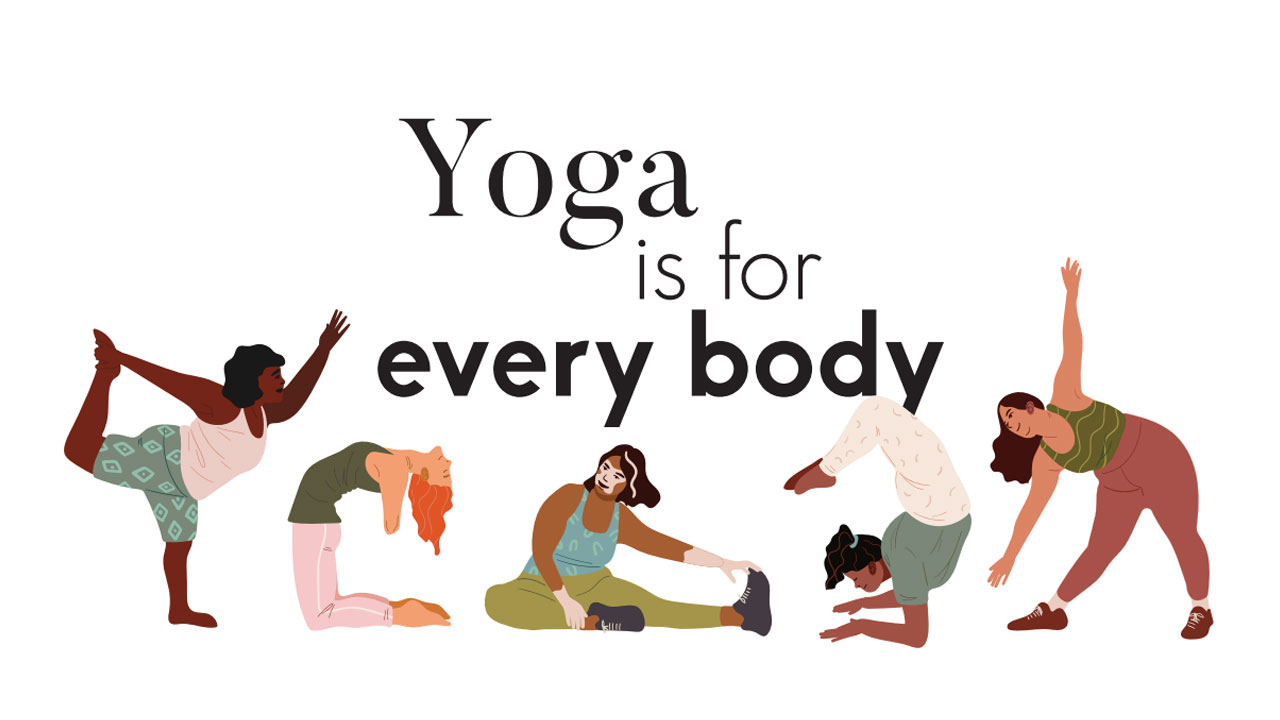
Yoga is for Every Body
Sharing attitudes and opinions on race and diversity in the yoga community in the wake of the Black Lives Matter protests worldwide
Open your eyes
London-based yoga teacher Paula Hines has been writing for OM almost from the very beginning (you can see her work in the regular Teacher Zone section and in occasional travel pieces). She’s also got years of experience as a television script editor and writer at the BBC. OM asked her about the diversity issue, including the notion that much of yoga — at least its common portrayal in the mainstream media — is still dominated by middle class white women. She noted that it is particularly problematic that South Asian faces and voices still seem to be so absent in popular coverage given yoga’s Indian heritage. Here’s what she said:
“Where do I start? Now, before anyone gets upset, I want to be very clear that asking for visible diversity in yoga — in yoga advertising, from yoga companies — is not an attack on the people who are currently being represented. Slim, white, young, able
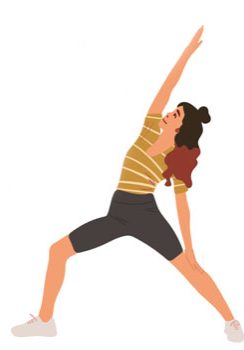
bodied women have been and most likely will continue to be held up as the ideal. If you happen to be middle class as well then it means you are more likely to have the choice to buy those £79 leggings if you want to. But we are all worthy and we all deserve to be seen. Some of us are middle-aged men who have tight hamstrings and no six-pack, some of us are wheelchair users, some of us are over the age of 40, some of us are a size 24 — I could go on. These are all examples of people I have shared yoga with. I myself am a 45-year old, size 16 black woman. Yoga is relevant regardless of culture, age, ability, size or economic status and I feel that the lack of representation and lack of inclusion is problematic. With yoga — of all things — what is wrong with showing people that no matter how they look, they are worthy?
Diversity is about more than race or size. I mention size specifically here because as the body positive movement becomes more mainstream (and profitable), commandeered away from its original roots, the usual way to show a nod to diversity has been to include a curvy woman somewhere in the mix. I read an interesting quote about diversity in the arts recently, which was, “Diversity is being invited to the party. Inclusion is being asked to dance.” This feels apt for the yoga world as it currently stands too. The problem, I feel, is that only one type of person is being asked to dance.
I hear from so many people that they feel yoga is not for them. The media image of yoga is part of the reason they feel this way. And the more lucrative the yoga industry has become, going down the route of the fashion world in promoting one body type as the ideal, the worse it has got. It is everywhere — it is on magazine covers, it is in TV advertisements selling things that are nothing to do with yoga, it is in the yoga clothing companies who think a size ‘L’ is a size 14.
If you happen to be a slim, white, young, able-bodied woman, and middle class as well, even if you have some awareness of this, you may not notice the extent of it because it is you who is primarily being targeted by advertisers, clothing companies and the like.
This is not to say you won’t have your own personal challenges to overcome or insecurities like everyone else, but in truth you don’t need to look very far to see yourself represented. When you don’t see yourself represented it is pretty obvious all the time. You feel invisible and even if it is not the intention, you feel excluded. People feel they are not welcome in certain spaces. There are spaces where I do not feel welcome, so for a yoga novice to pluck up the courage to enter these spaces is huge. The onus should not always be on the marginalised person to step up. Can you open your eyes and see beyond your own immediate experience?”
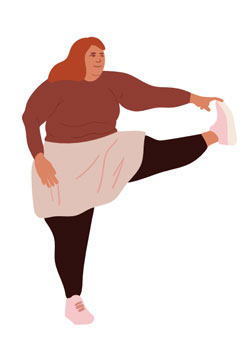
Real action, please
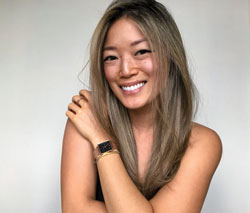 OM also asked this month’s cover model, Sarah Highfield, to share her thoughts on the subject of race and yoga. Here’s what she said: “
OM also asked this month’s cover model, Sarah Highfield, to share her thoughts on the subject of race and yoga. Here’s what she said: “
As a London-based, Hong Kong born and raised and ethnic minority yoga teacher, I feel lucky to be a part of a community, which is largely accepting of people from all backgrounds and ethnicities. While there are areas for improvement and education, it is still a lot more inclusive and progressive than other sectors that I hear about. Yoga and meditation is so widely practiced across the world, and in London alone, I have students from all corners of the globe. Yoga has the power to bring people together and unite them.
Where there are areas for improvement, I believe yoga teachers from ethnic minorities should have the same opportunities as white teachers, and I think that representation of all races is incredibly important. If all yoga teachers were cut from the same cloth, it could lead to potential teachers thinking that acceptance and success only comes in one colour — and adversely affect how they see themselves if they are not cut from the same cloth. For students, it could lead to them feeling unrepresented and unwelcome, which would be demoralising and negatively impact their self-esteem. Those students would probably not want to return to the class.
I want to see people of all colours across the whole of the yoga industry. Diversity and inclusivity within the industry is what will keep it alive and interesting. Without
it, and a lack of contact between different racial groups, could lead to greater reliance on (often negative) racial stereotypes when thinking about people outside of one’s race. Diversity is what will give people of all backgrounds the courage and inspiration to practice and teach yoga.
The recent Black Lives Matter movement should be a wake-up call for more equality, open conversations, and fairer experiences for black yoga teachers. This is not a time for performative allyship and activism, but a time for real action, addressing uncomfortable truths and long-awaited change.”
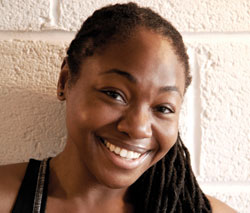
Paula Hines is a London-based senior yoga instructor and writer (ucanyoga.co.uk)
WHAT DO YOU THINK?
We’ll be sharing more attitudes and opinions from others in the yoga community soon. Let us know your thoughts on this issue. We’d love to hear from you! Please email any comments & suggestions to: editor@ommagazine.com


